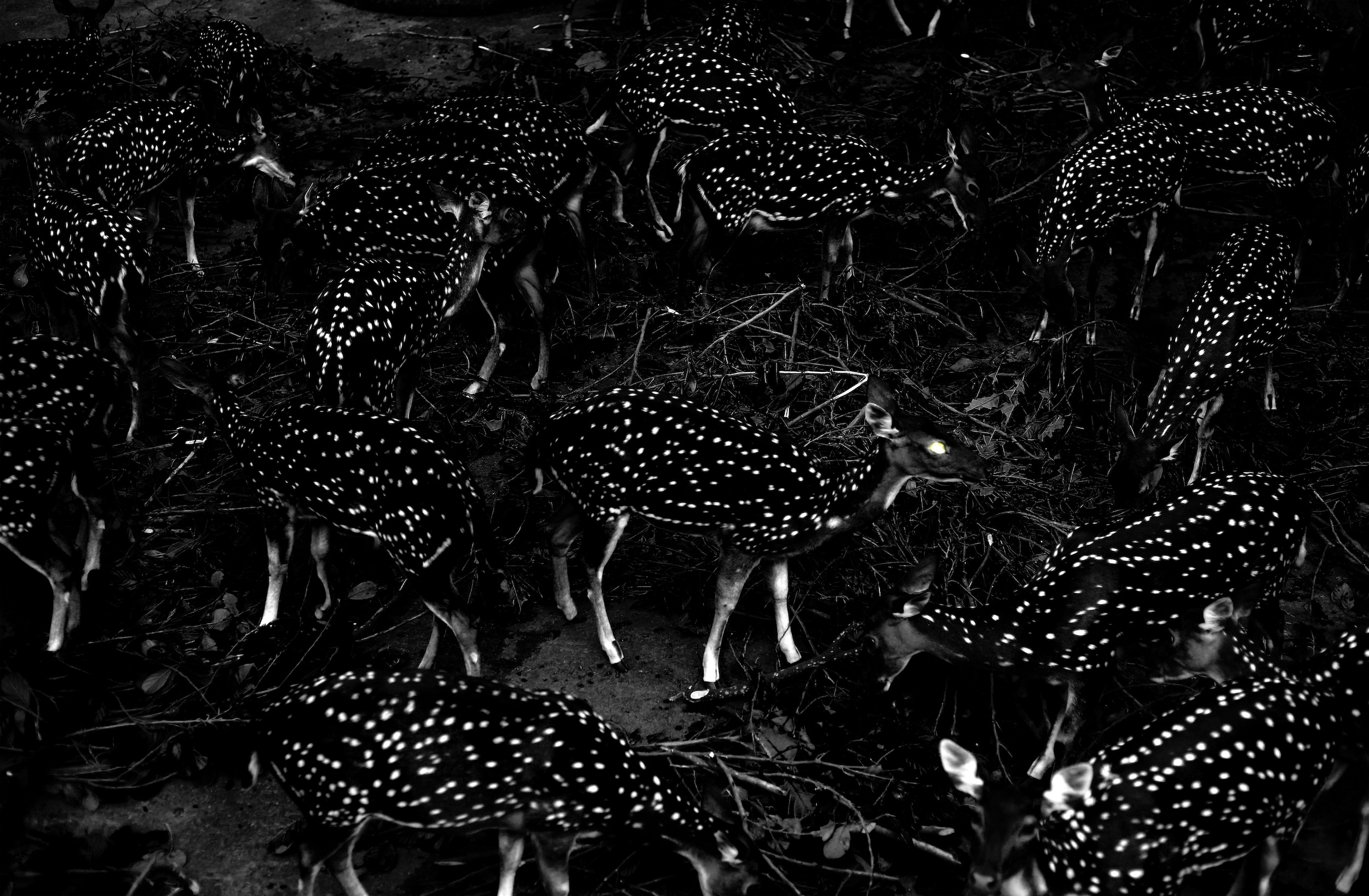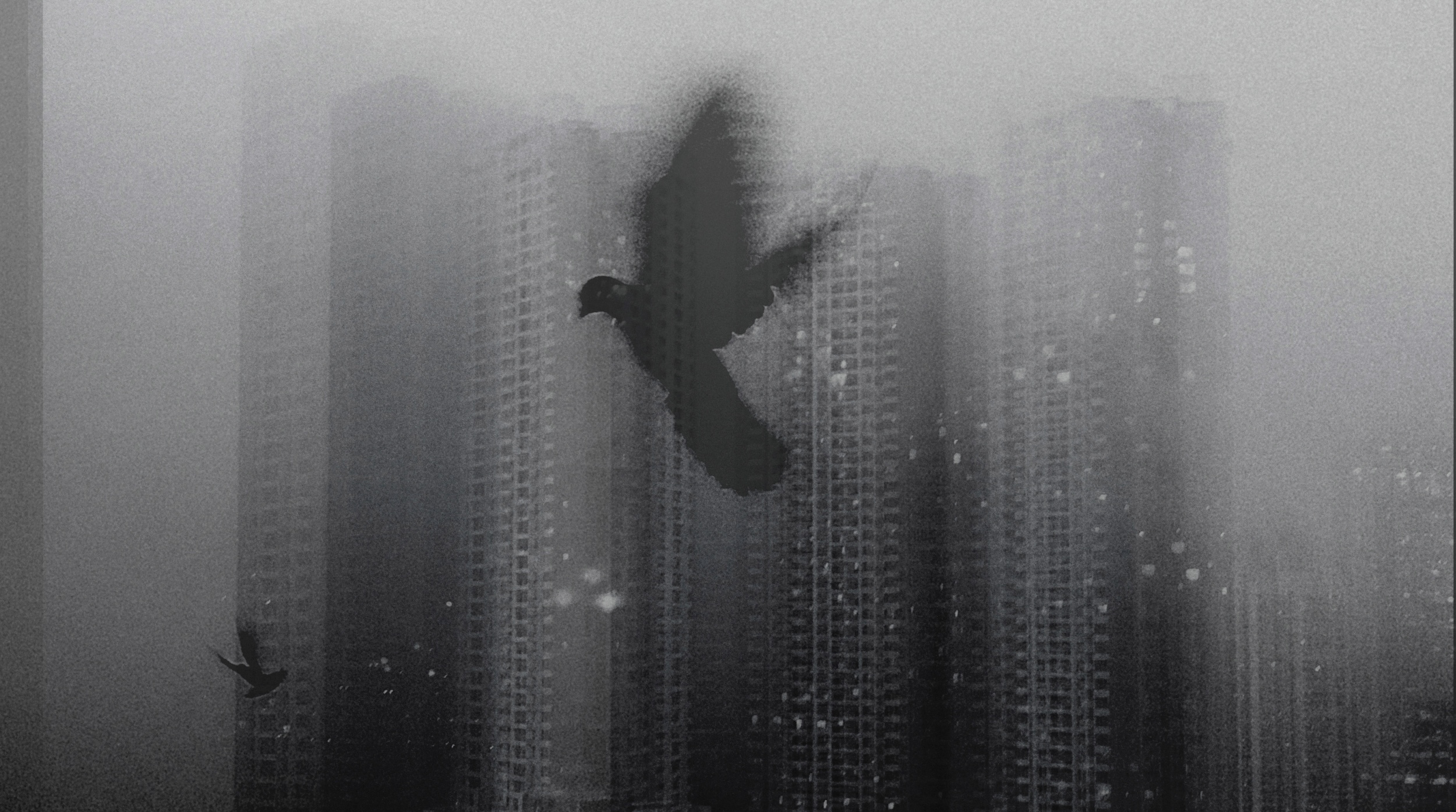All images © Abeer Khan
The photographer experiments with form in Daa.era whilst coming to understand mourning as a form of homecoming
Growing up with two creative parents, Abeer Khan was introduced to photography by her father. She remembers driving down a road with him on his motorbike, enjoying the sun on her face; noticing this, her father stopped to record the moment and created an image that felt “like I held that afternoon’s soul in my hands”.
As an adult, Khan moved into photography and film-making, and her work has gained considerable success. Her films include projects on sex workers and her home city Mumbai’s World Heritage Site architecture, while her documentary work includes a series on organic farming in Andhra Pradesh, and another on toxic pollution on Mumbai’s beaches. Her film Child Lock was featured in Monitor 15 in Canada, and her documentary How Do I Show the Ocean Space You Carried Inside You screened at the Kochi-Muziris Biennale. She participated in Art Speaks Out events at three COP conferences, and her #BreakWithTrafficking campaign was exhibited in major train stations in Spain.
She also creates more experimental work though, and when both her parents died within a year, she felt compelled to make images. Suddenly feeling lost in her own city, Khan found herself on autopilot, putting up a front to rickshaw drivers, ticket collectors and clients, and alienated from both them and herself. Taking photographs on Mumbai’s streets, she worked instinctively, shooting in monochrome except for one image, rendered in colour to remind herself that life goes on.
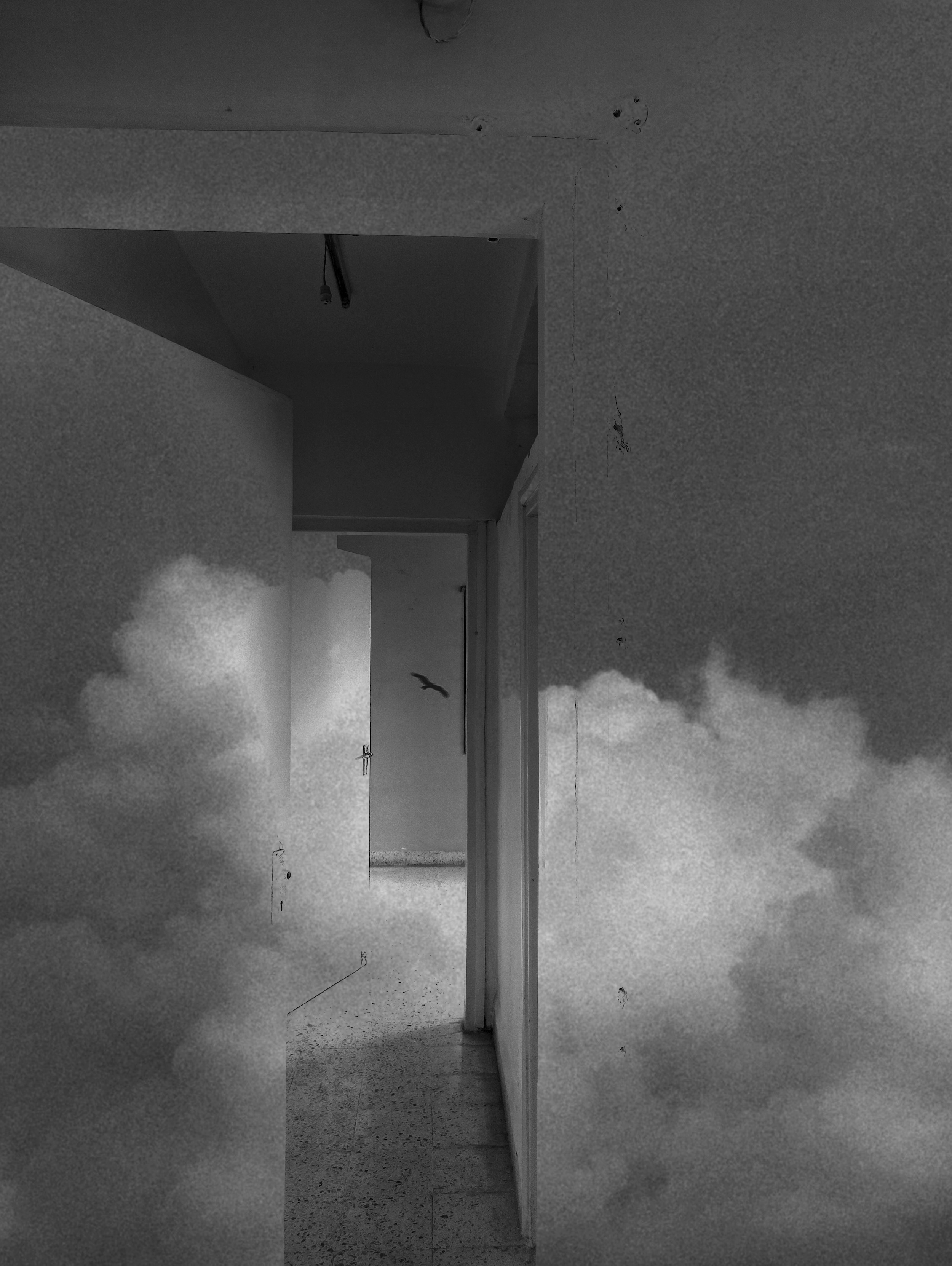
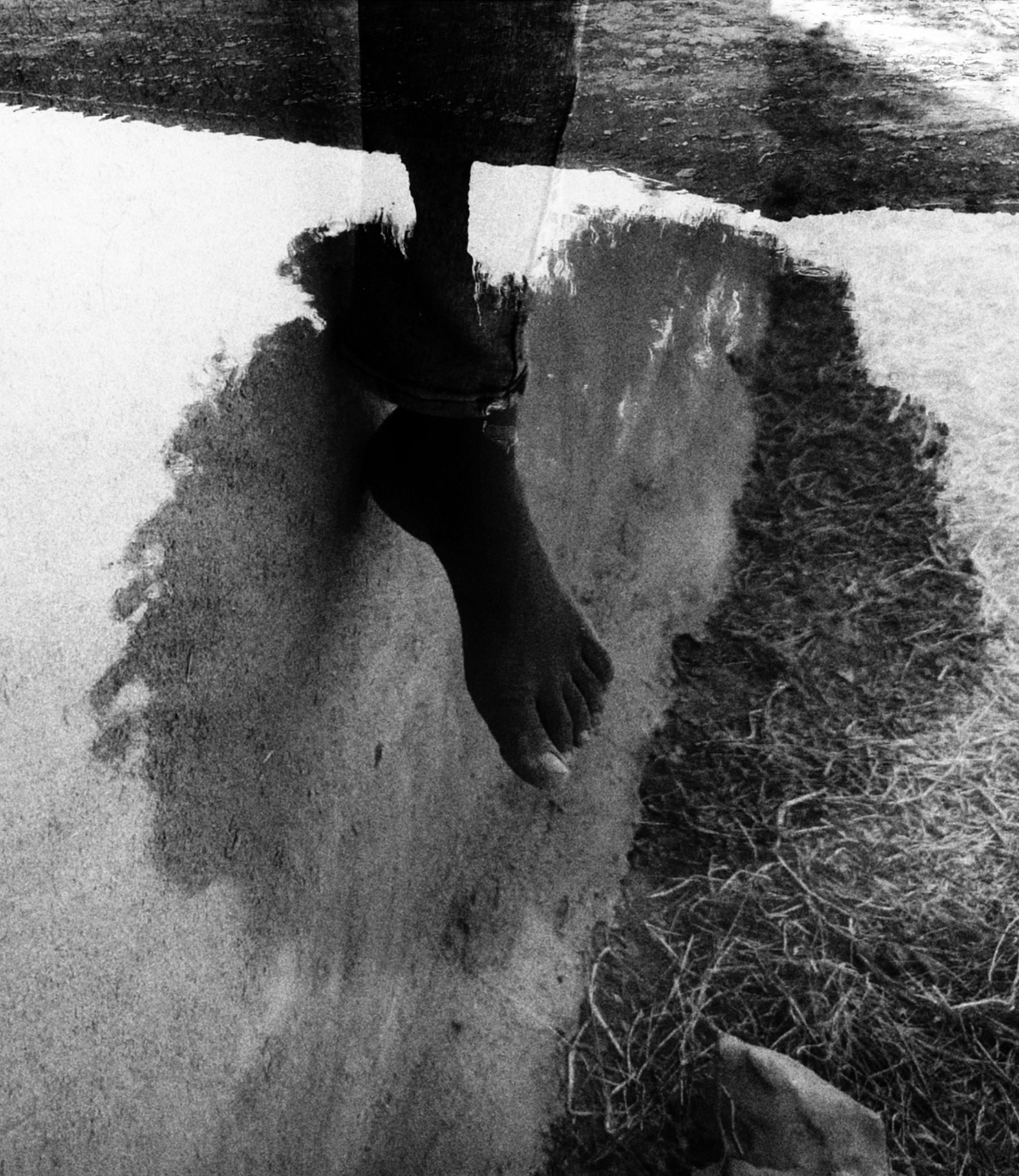
“There was no intentional choice of style; what emerged was simply an expression that came on its own,” she says. “Melancholy and instinct worked shoulder to shoulder in creating these images. I let go of my consciousness, often listening to music, and bits from Kabir singers, allowing the flow to lead. Each photograph became a hunt to confront grief and its many daunting, masked forms… While creating, I focus on feeling, form and function. Once you recognise the truth of the feeling you want to convey through a frame or a story and choose the right form to express it, the function becomes inherent. Grief is atmospheric; it arrives with baggage, carrying its own sounds, spaces, light, thuds and stings. This story reflects only the imprint of grief.”
Eventually Khan found acceptance, and a new understanding of mourning as a form of homecoming “because it crosses boundaries, extends geographies, and lingers with you wherever you go”. Her final image is a double exposure, symbolising this sense of duality, and she named the series Daa.era, in honour of her grandmother’s fierce acceptance of life and death. ‘Daa.era’ refers to embracing living while acknowledging circumstance, she explains, relating how her grandmother would bathe, change into a fresh dress, and prepare a sweet dish during Eid. “She would say, ‘Yes, the dead are gone, but I am large enough to hold death and life within me. I am still alive’.”
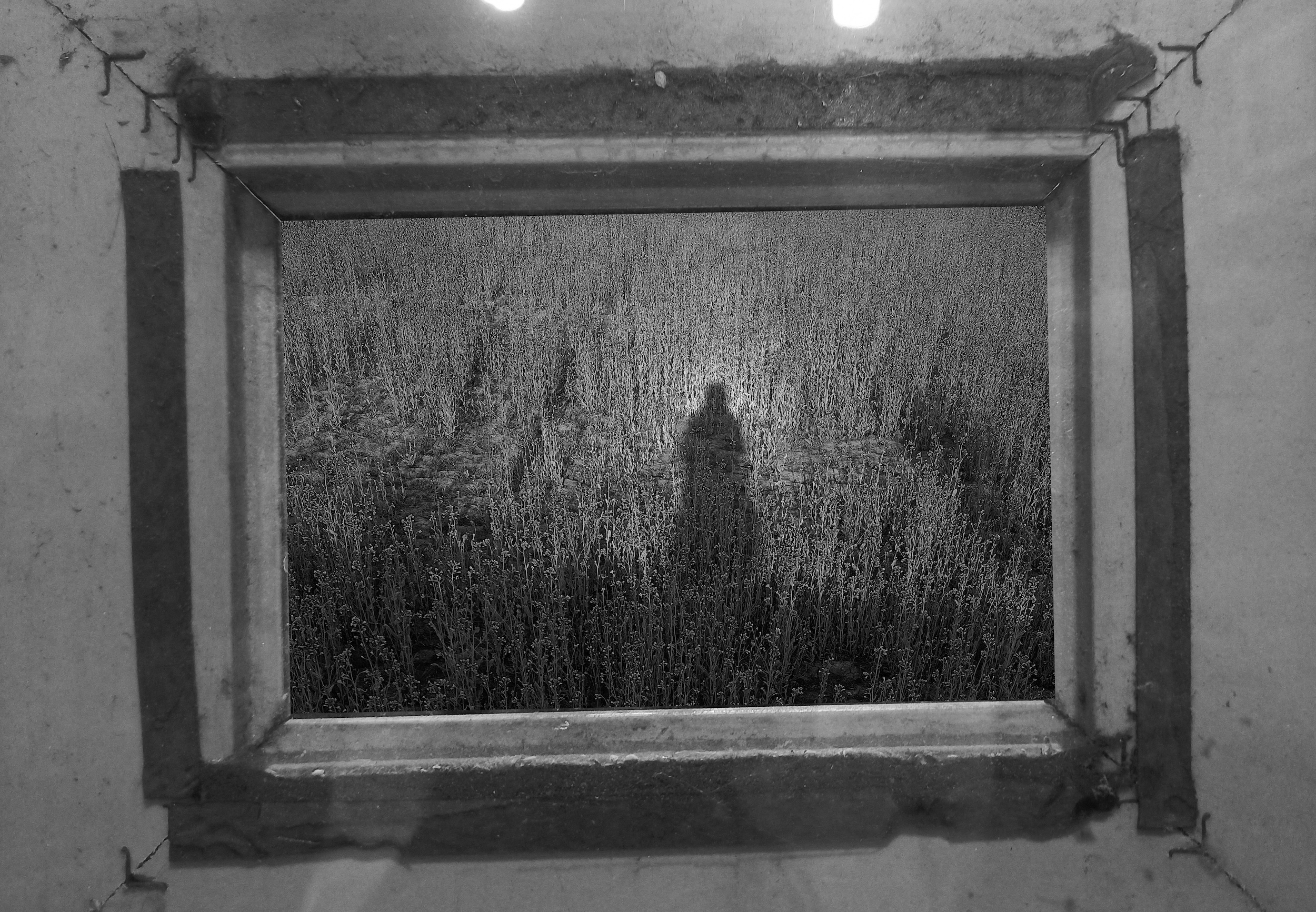
Daa.era is rooted in Khan’s particularly gruelling experience of grief, after losing both parents in such a short space of time. Even so, she says that her story, though drawn from her personal life, is not unique. Death touches every life, and mourning is a shared human experience, she points out – and as such, Daa.era has connected with others. Khan’s series has been exhibited at events such as Indian Photo Festival and Hyderabad Literary Festival, and published in the huge English-language Indian newspaper The Hindu, and she is working on a film version of it.
“This story transcends individuality,” she says. “The most powerful works of art emerge when the personal is shed, allowing the core to resonate beyond the self… In the image of the deer, the concept was how grief isolates you, making you feel as though you are special – but that’s the ego speaking. You are not special because life happened to you, you are special in how you respond to life. That is the spark in the eye of the deer. Its circle is complete. We are all animals of loss.”
